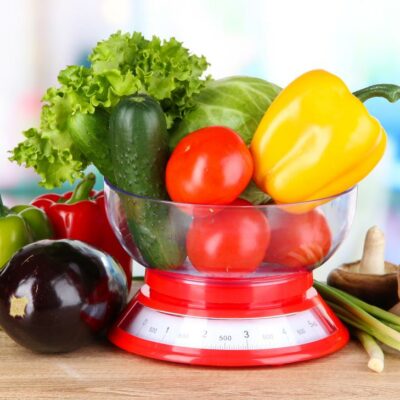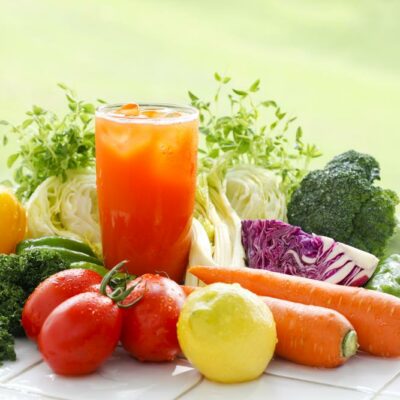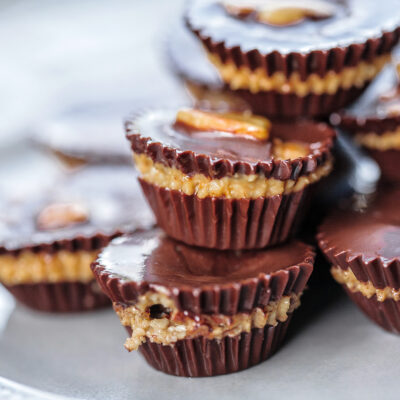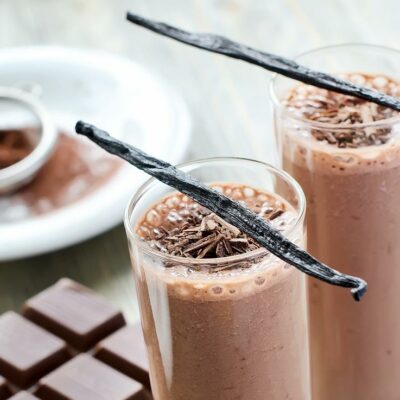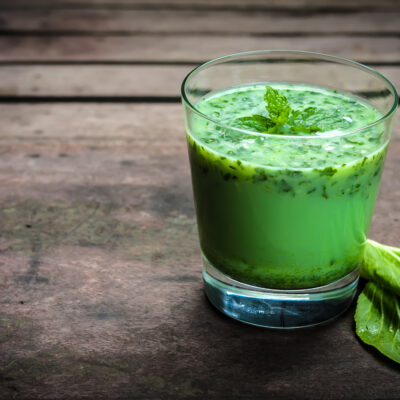
Food & Recipes
Foods to Completely Avoid when Suffering from Diabetes
Diabetes is a condition that occurs when there is high insulin-content or blood sugar levels in the body. When uncontrolled, it can lead to kidney illnesses, heart issues, blindness, and other severe health conditions. Medication is one of the most common ways to treat diabetes but aside from this, lifestyle and dietary changes go a long way in helping one manage the condition. What people tend to forget though, is that while the right foods are important, the inappropriate foods can elevate insulin and blood sugar levels in the body, harming it. Consuming a balanced diabetic diet is one of the best ways to avoid the danger of complications. A diabetic diet doesn’t imply that the person affected should quit having foods that they enjoy if those are on the unhealthy side. It, however, means eating them in smaller proportions and at the right time. Listed below are some foods that should not be a part of a diabetic diet: 1. Carbohydrates Carbs have a huge impact on the blood sugar levels as they are broken down into sugar which is absorbed by the bloodstream. These include starch, sugar, and fiber. Except for fiber, the other two add up to the net carb content that raises the blood sugar to a harmful level.
Read More 
